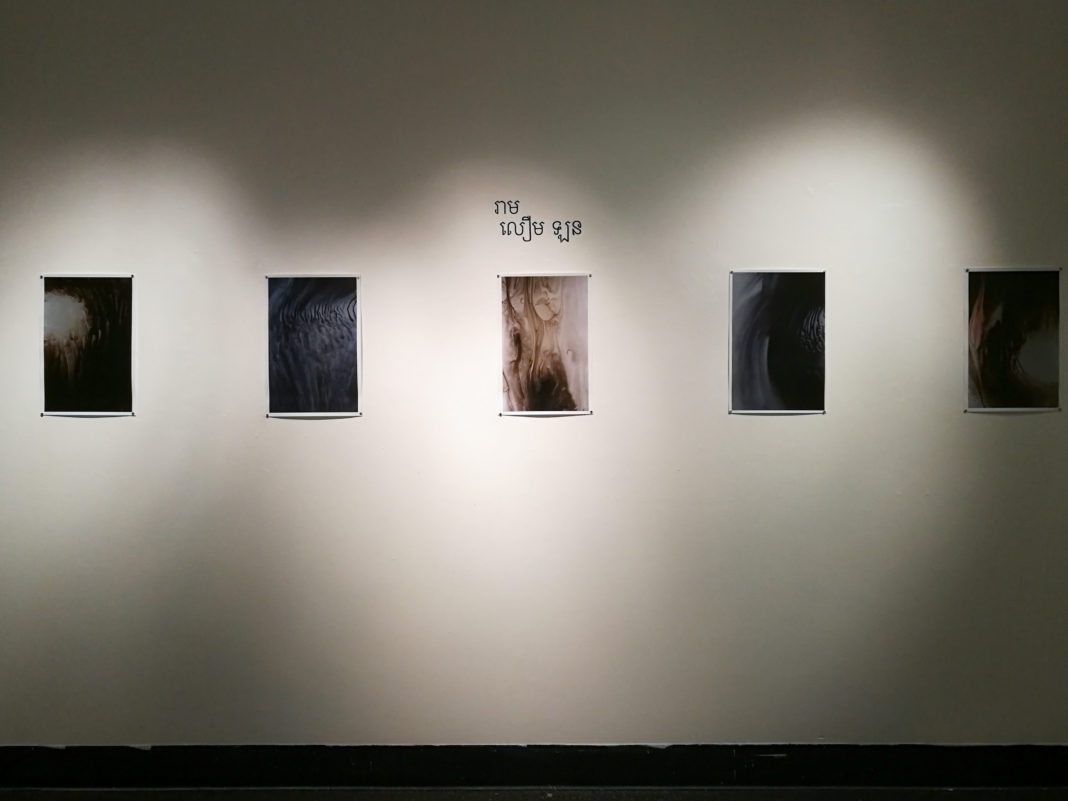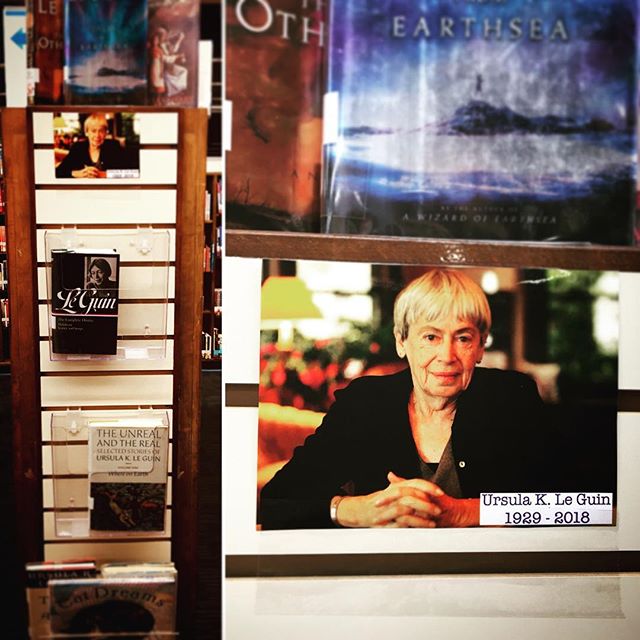Littman + White Galleries were set to host “Beyond Silk and Ink,” a conversation about contemporary Asian and Asian-American art on May 25, 2018. However, that day turned out to be a horrific day of news for Portland State: Three people were hit by a car in front of the SW 6th and Montgomery MAX station, and national news began to spread about a gay PSU student who is believed to be the victim of a hate crime that left him in a coma. Because of these traumatic events, L+W decided to postpone their dialogue and allow the PSU community the space it needed to recover.
The L+W panel is a part of PSU’s Asian and Pacific Islander Heritage Month programming and was planned in collaboration with PSU’s Pacific Islander, Asian and Asian American Student Center. Scheduled to join co-curators Mui Easland and Andrew Jankowski were Ralph Pugay, Lilian Ongelungel and Takahiro Yamamoto. All are working within the contemporary art world and the panel was set to coincide with the closing of Louem Lorn’s show in the White Gallery, “Romhaur.”
Lorn is a Cambodian artist and gallery owner who lives and works in Battambang, Cambodia. “Romhaur” is a series of photographic works that look like paint washes and are vaguely Rorschachian in the way they allow the viewer to create different interpretations of the images’ abstract worlds. They are actually macro photographs of ice, which is mind-boggling. Lorn stated the images are a reflection of himself and ask us to look at the deepest level of ourselves and the things around us. Through this work, Lorn sought to deepen our understanding and open up our view of the world.
“Beyond Silk and Ink” encourages audiences to dig deeper—to move past what we know as ice and explore beyond what’s assumed of Asian and Asian American art—which tends to be typecast by Western academia as having a typical aesthetic and promptly disregarded when it fails to fit the Western view of what Asian art should look like.
“In a way, ‘Romhaur’ delivers the message that contemporary Asian art exists beyond traditional mediums and aesthetics, i.e. ink calligraphy on rice paper,” Easland wrote. “We further this idea in a panel discussion on what it means to move beyond tradition, and into the contemporary art world.”
Much like the recent dialogue “Native Perspectives,” “Beyond Silk and Ink” will be an excellent opportunity to shed artistic stereotypes. Through this conversation, perhaps we can better understand how to create a responsible, equitable and respectful art community with the help of some of the contemporary Asian and Asian American artists who work within it.
Stay tuned to L+W Galleries’ Facebook page for more updates about the rescheduled panel.





